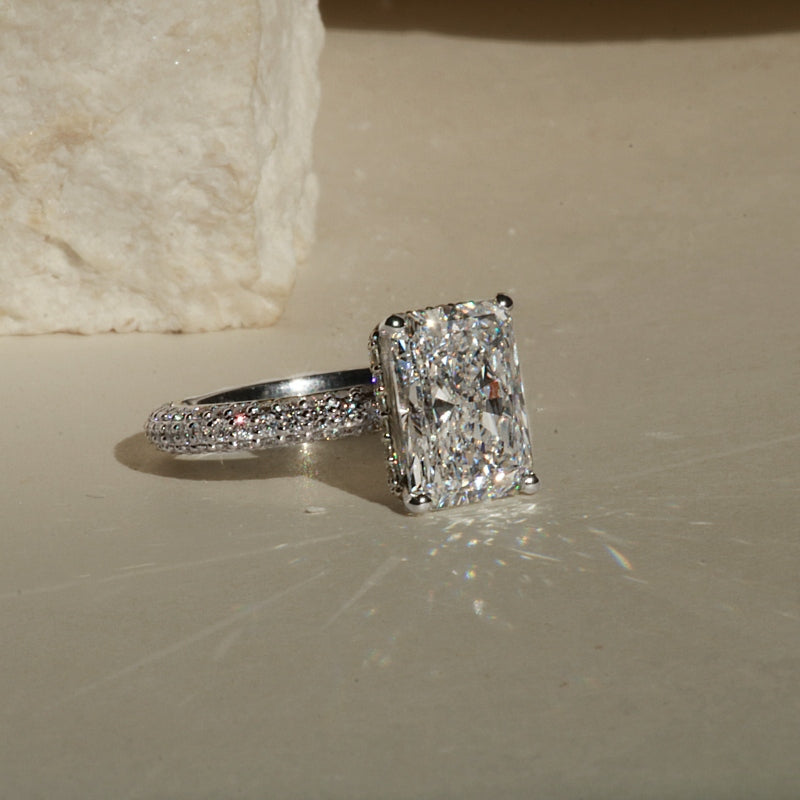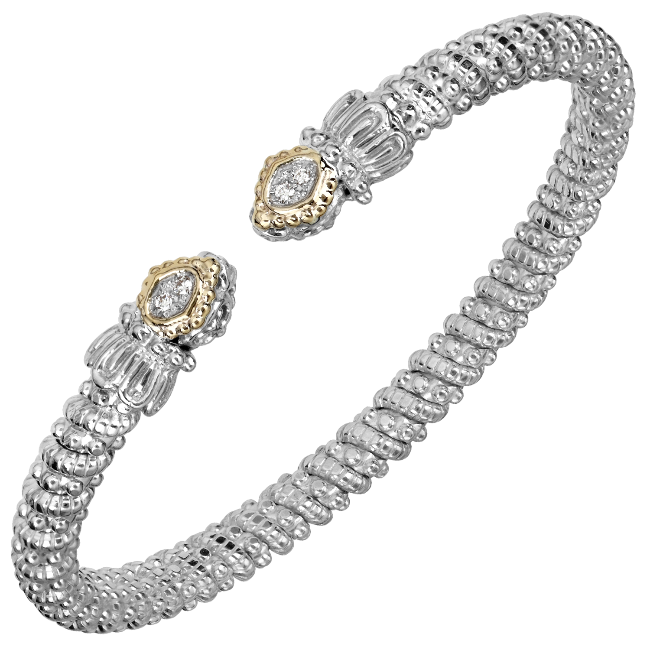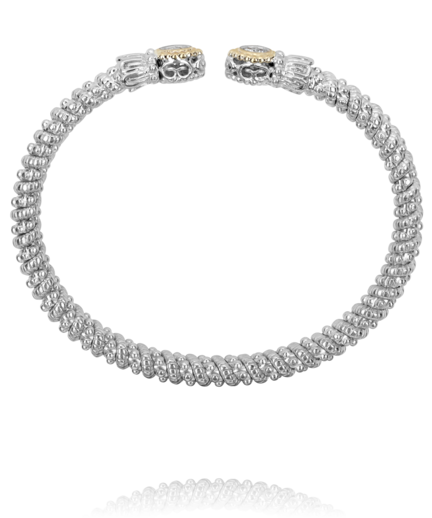Parts of an Engagement Ring: Understanding the Anatomy
Ah, the engagement ring - a tiny symbol carrying heaps of emotions, hopes, and dreams. But have you ever stopped to wonder what makes up this precious little circle of commitment? The anatomy of an engagement ring encompasses the band, head, and prongs, each playing a crucial role in its design and functionality.
Anatomy of an Engagement Ring

The Band/Shank: The band, also known as the shank, is the circular part of the ring that encircles the finger. These terms are often used interchangeably, referring to the same component. Bands can vary in width, metal type, and design, offering a range of styles to suit individual preferences. From classic plain bands to intricate designs adorned with diamonds or other gemstones, the band sets the foundation for the ring's overall aesthetic.

The Head: Positioned atop the band, the head holds the center stone of the engagement ring. It serves as the focal point, drawing attention to the dazzling gemstone showcased within. One of the key elements of the head is the basket, which cradles the center stone securely while allowing light to pass through, enhancing its brilliance. Different types of baskets, such as prong settings, bezel settings, or halo settings, offer varying levels of security and visual appeal.

Prongs: Prongs are metal claws or tabs that secure the center stone in place within the head of the ring. They play a vital role in ensuring the stone remains securely mounted while maximizing its visibility and allowing light to enter from all angles. There are several types of prong settings, including:
- Four-Prong: This classic setting features four evenly spaced prongs, providing excellent security while allowing maximum light exposure to the center stone.
- Six-Prong: Offering increased stability, the six-prong setting distributes the pressure evenly around the stone, reducing the risk of it becoming loose over time.
- Bezel: In a bezel setting, the center stone is surrounded by a metal rim that holds it in place. This setting offers exceptional protection for the stone, making it an ideal choice for those with an active lifestyle.
Each type of prong setting offers its own unique combination of security, visibility, and style, allowing couples to choose the option that best suits their preferences and lifestyle.
Understanding the anatomy of an engagement ring is essential for selecting the perfect ring that not only captures your personal style but also symbolizes your enduring love and commitment. Whether you prefer a classic solitaire with a four-prong setting or a vintage-inspired ring with intricate detailing, each component contributes to the overall beauty and significance of the ring. Explore the endless possibilities and find the perfect engagement ring at Masina Diamonds!














